Inside the lab: A look at research projects from the ADA Science & Research Institute

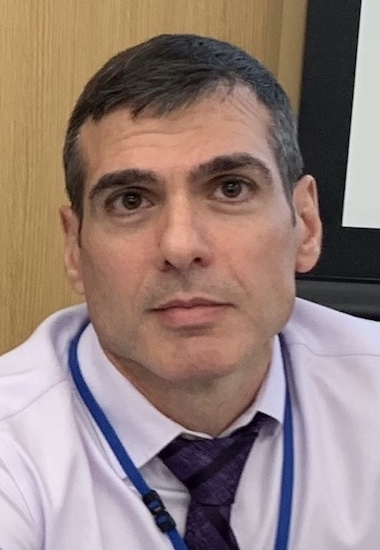
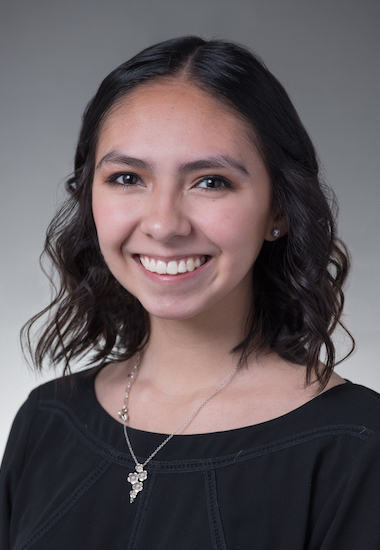
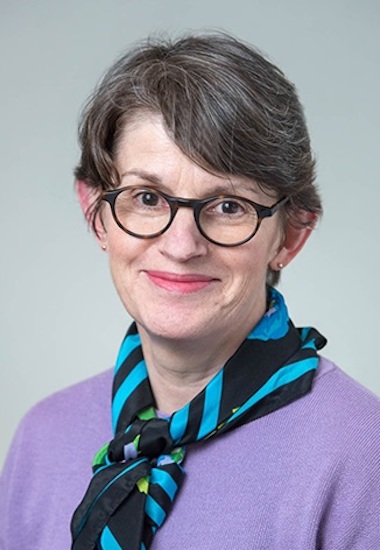
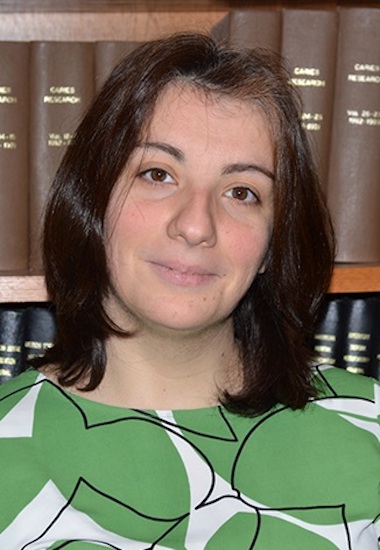
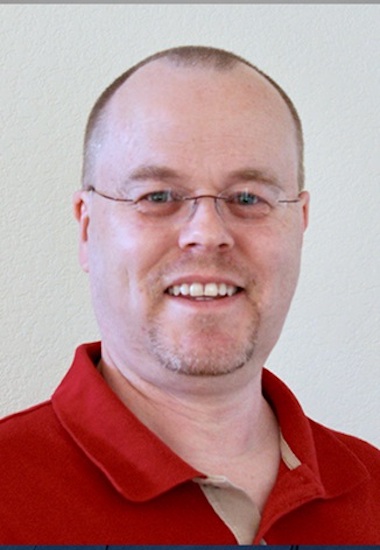
From conducting basic and applied research to translating that research into recommendations for clinical practice, the American Dental Association Science & Research Institute is a driving force in the advancement of oral health.
Based in Chicago and Gaithersburg, Maryland, the institute delivers key insights to dental professionals and policymakers through its research, helping to improve care, guide innovation and promote dentists' success.
Below are three projects being led by ADASRI scientists that demonstrate the breadth of research the institute conducts.
Standard for sequential aligner materials
No standards currently exist for materials used to produce orthodontic sequential aligners, and ADASRI researchers are working to fill that gap.
"There is a need for a standard that can be used to specifically characterize the physical, thermal and mechanical behavior of materials used in the production of orthodontic sequential aligners," said Spiro Megremis, Ph.D., director of dental materials and devices research, who is working with research scientist Raquel Miera and senior research associate Henry Lukic on research that will be used to develop a standard.
To characterize the mechanical behavior of aligner materials, the scientists have to determine the appropriate test for flexural strength and modulus, or stiffness. They started with a standard test method used for similar materials but found five commercially available aligner materials strained too much for that method to be applicable. They are now investigating two other methods to determine which is appropriate for informing the standard.
The researchers have also examined the thermal behavior of the materials to determine if they could transition at clinically relevant temperatures that are achievable in the mouth and tested their ability to transmit light to determine their "clearness," or translucency.
"All of this research is being used to inform the development of the standard, including making sure that the test methods used to characterize the aligner materials are appropriate and that the procedures are clear and repeatable," Dr. Megremis said.
After the scientists determine the appropriate strength test, they plan to share their updated findings with the working group tasked with developing the standard, made up of volunteers from the profession, industry, academia and government. The next working group meeting will be this summer.
A standard specific to aligner materials will ensure manufacturers characterize their products in a consistent and comparable manner.
"When a clinician wants to make an informed choice about the material best suited for their patient, they can know that if the manufacturer follows the standard, then they are comparing information that is truly comparable because it has been tested and reported in a standard, repeatable manner," Ms. Miera said.
After the scientists determine the appropriate strength test, they plan to share their updated findings with the working group tasked with developing the standard, made up of volunteers from the profession, industry, academia and government. The next working group meeting will be this summer.
A standard specific to aligner materials will ensure manufacturers characterize their products in a consistent and comparable manner.
"When a clinician wants to make an informed choice about the material best suited for their patient, they can know that if the manufacturer follows the standard, then they are comparing information that is truly comparable because it has been tested and reported in a standard, repeatable manner," Ms. Miera said.
Guidance on dental care before complex procedures
In 2016, the ADA House of Delegates adopted Resolution 86H, which instructed the ADA Council on Scientific Affairs to work with other ADA agencies and external stakeholders to develop proposed policy and evidence-based resources to optimize oral health before performing complex medical and surgical procedures.
Guidance on providing dental interventions before cardiac valve surgery, head and neck cancer treatment, and organ transplantation varies, and some institutions or doctors may make recommendations to dentists based on their own policies or beliefs.
"It can be confusing for both patients and for dentists who receive referrals for patients prior to these medical interventions, as what actually should be done is not exactly clear," said Ruth Lipman, Ph.D., senior director of evidence synthesis and translation research. "In these cases, clinicians are hoping to reduce the risk of specific complications, including infective endocarditis with cardiac valve surgery, osteoradionecrosis of the jaw bone with head and neck cancer radiation therapy, and oral or systemic infection with organ transplantation."
ADASRI scientists, together with panels of dental and medical experts, conducted systematic reviews that failed to demonstrate a definitive benefit of dental care before cardiac valve surgery or head and neck cancer radiation therapy, based on available scientific literature. Because a systematic review for organ transplantation would likely encounter the same issues, the researchers did not conduct one.
"These resources are necessary because to a hammer, everything looks like a nail," Dr. Lipman said. "Of course, maintaining good oral health is the best situation to be in, no matter what a person faces in life. But for those who have not had access to dental care in the past, delaying medical intervention to address long-standing dental issues, especially when dental care is not readily available, is likely not a prudent decision."
The resources will hopefully help dentists understand there isn't a hard and fast, one-size-fits-all rule they can apply, and sometimes, some ingenuity may be required when dealing with patients with multifaceted, complicated needs, she said.
The resources also point to the potential need for robust and carefully conducted studies on the benefits of dental interventions.
"Might it be possible to identify the specific set of circumstances where dental intervention is definitely of benefit? Are there other strategies that might be implemented to reduce the risk of complication?" Dr. Lipman said. "These sorts of overlap between dental and medical care present an opportunity for multidisciplinary conversations and problem-solving."
3D printing for bone repair
More than 2 million bone graft procedures are performed worldwide each year, but grafts using bone tissue can result in infection or rejection by the immune system and are limited in supply. The 3D printing of synthetic bone substitutes offers an alternative, but current methods also have shortcomings.
To overcome these limitations, a team led by principal scientist Stella (Styliani) Alimperti, Ph.D., has developed new strategies for 3D-printing bonelike ceramic materials that can be used for craniofacial bone repair.
"Existing 3D-printed bone grafts have demonstrated limitations in fabricating the structures of bone by using inadequate bonelike material, resulting in a reduction of the grafts' function," Dr. Alimperti said. "Our team 3D-prints high-resolution structures of high-concentrated bonelike material at room temperature. These 3D-printed structures demonstrate high mechanical resistance, porosity and the ability for bone cells to grow. Overall, our method facilitates the development of new 3D-printed bone tissues, which will potentially be integrated in various dental-oral-craniofacial locations and function like native bone tissues."
Other ADASRI scientists working on the project include Yoontae Kim, Ph.D.; Eun-Jin Lee, Ph.D.; Laurence Chow, Ph.D.; and Shozo Takagi, Ph.D.; and their findings have been published by two peer-reviewed journals.
"We envision that the use of this 3D-printing method in combination with computer-aided design and computer-aided manufacturing will significantly advance the fabrication of customized grafts in a patient-specific manner with tunable chemistry, controlled mechanical properties, designed shapes and interconnected porosity," Dr. Alimperti said.
The ADASRI, which has U.S. and international patents pending for this technology, is seeking external collaborators to help commercialize it, although that is still many years away.
"The patenting process itself can take several years," said Philip Dowd, Ph.D., director of innovation. "There are also technical and regulatory hurdles to overcome in order to be able to translate the research into any commercial product."
To learn more about the ADASRI and its research, visit ADA.org/SRI.



